︎ Work
Form and content are inseparably linked, graphic design is manifest in form. This work emphasizes critical inquiry, open processes, and making things visible.


︎︎︎Project: In the spirit of Edmund Carpenter’s They Became What They Beheld and Douglas Coupland’s Slogans for the 21st Century, this work (part of a series) warns that our tools do not merely extend human capacities; they remake us, enfolding perception and subjectivity into their operative logics until the boundary between witnessing and becoming quietly collapses. The text—originally phrased as “Daddy, are we alive or on tape?”—presses the question of whether our sense of ‘life’ has already migrated into the glowing surfaces that mediate it. The billboard functions simultaneously as stage and mirror, a site where this shift becomes perceptible. This work is conceptual and lives within the realm of the digital image.
Type: Billboard concept (digital image).

︎︎︎Project: Counterforms: Practices, Theories, and Methods is a public lecture series hosted by the Graphic and Digital Design Department at the University of the Fraser Valley. Counterforms is a space to explore the complexities of design across its various modalities—from practice and activism to discipline and ways of knowing, and beyond. The 2025 series centers on the theme of disposition, inviting reflection on how attitudes, positions, and orientations shape design’s practices and potentials. Each lecture traced a unique pathway through design or art’s complex landscape, from Indigenous language revitalization through typography (Leo Vicenti) to relational infrastructures that sustain creative communities (Joni Low).
Type: Public lecture series.

︎︎︎Project: The White Cliffs by Mark Pritchard and Thom Yorke inspired an image shaped by themes of disappearance, dislocation, and irreversible change—echoing the planetary pressures that define our time. In response to the song’s stark, elegiac tone, the image captures a landscape in the midst of unraveling: a place once known, now slipping away. The white cliffs stand not only as geological markers but as thresholds—between human and machine, memory and erasure. Influenced by the song’s atmosphere and lyrical ambiguity, the work visualizes the slow encroachment of artificial systems and the hollowing-out of the human, suggesting a world quietly reshaped by forces beyond our control.
Type: Illustration
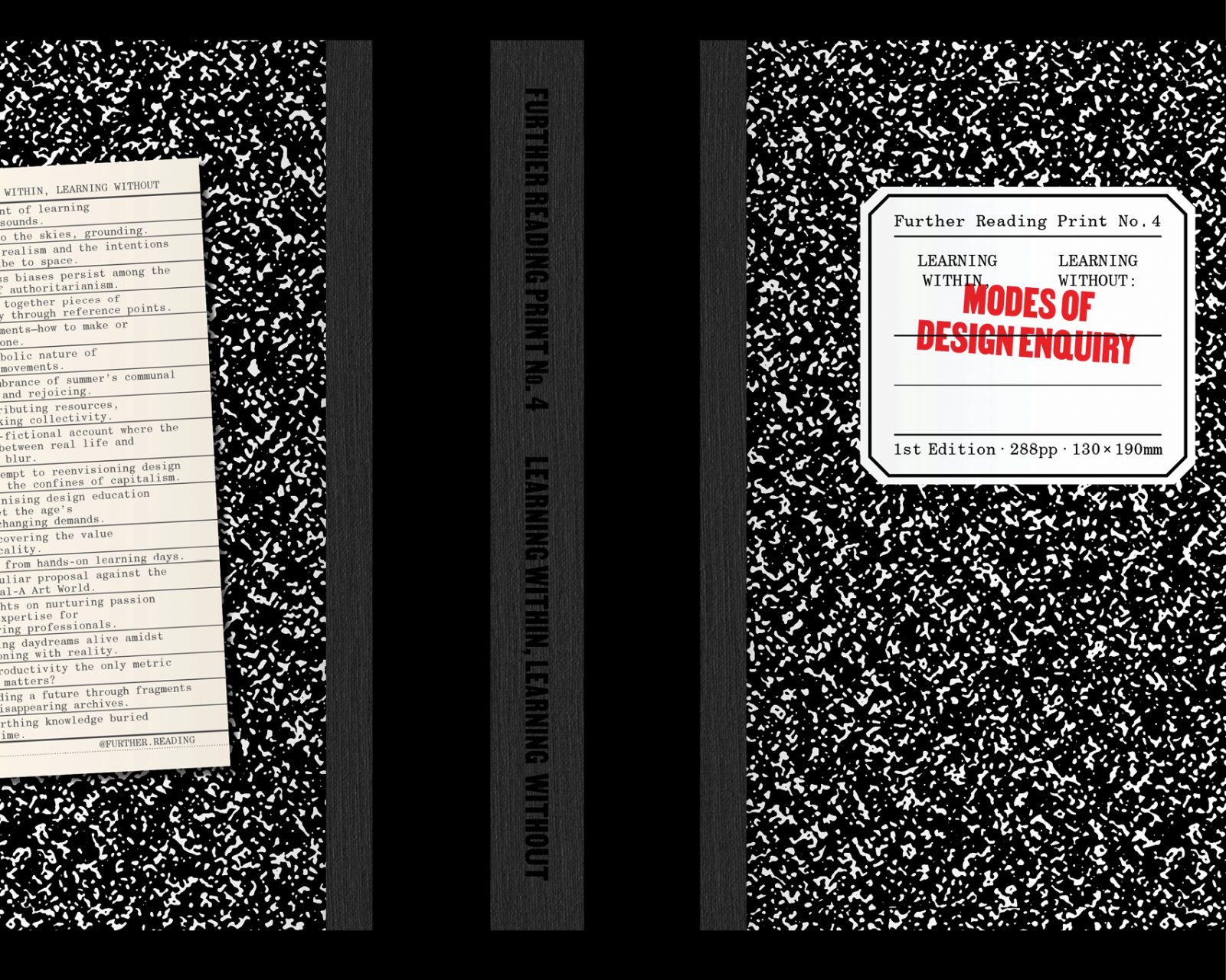







︎︎︎Project: Further Reading Print No. 4, Learning Within, Learning Without: Modes of Design Enquiry (2024), features the essay "Talking Shit About a Pretty Sunset," in which the intersections of design, practice, economic systems, and education are explored. Designed by Each Other Company. Image by Annisa Hendrato.
Type: Printed book

︎︎︎Project: Work that critiques observations found in popular media around the 2025 Presidential inauguration. The artwork, “The Surrender of General Burgoyne” by John Trumbull—a relic of revolutionary struggle—is reduced to a decorative backdrop for the consolidation of power, a hollow gesture that severs it from its emancipatory origins.
Type: Digital image

︎︎︎Project: Counterforms: Practices, Theories, and Methods is a public lecture series hosted by the Graphic and Digital Design Department at the University of the Fraser Valley. Counterforms is a space to explore the complexities of design across its various modalities—from practice and activism to discipline and ways of knowing, and beyond. The 2024 series centers on the theme of community through pedagogy and research, inviting dialogue on how collective practices, shared values, and relations of care shape the ways design is thought, made, and lived. Each lecture investigated particular dimensions of design practice and thought, from publication as a discursive medium (Katherine Gillieson) to underacknowledged and often anonymous works that populate Canada’s design landscape (Bonne Zabolotney).
Type: Public lecture series.


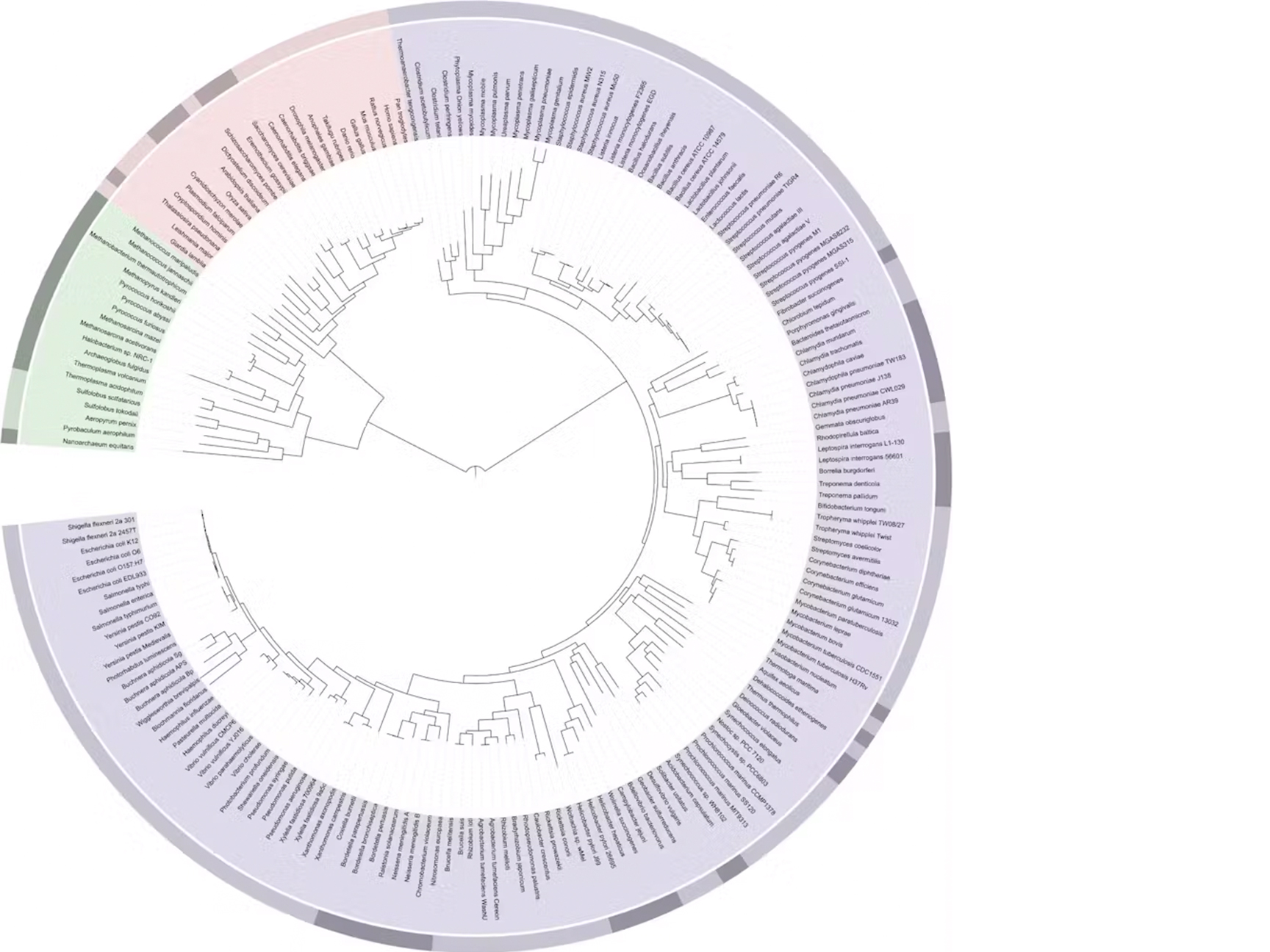

︎︎︎Project: How can designers become more conscientious of their actions and of the consequences of their actions? Are there tools available to support this thinking, encouraging holistic approaches, mindfulness, and transformative changes in their design processes? How might incorporating Indigenous insights into design frameworks like Otto Scharmer’s Theory U shift shortsighted outputs into holistic, sustainable, and regenerative prototypes that align with Indigenous knowledge, engage communities, and promote resilience and well-being? This adapted framework (v_1.0) emphasizes the importance of Indigenous partnerships and processes that involve co-initiating (engaging), co-sensing (deep observation), co-presencing (connecting to the deepest source of inspiration), co-creating (prototyping and implementing ideas), and co-evolving (reflecting).
Type: Diagram.

︎︎︎Project: The relation binding the ‘who’ and the ‘what’ is invention. What if the ‘who’ were technical and the ‘what’ were human? writes Bernard Stiegler in Technics and Time. This inversion challenges conventional wisdom, inviting contemplation on the evolving dynamics between humanity and its designs. As humans, we are defined by our inherent technicity, which arises simultaneously with our becoming human through the process of exteriorization, understood as extending aspects of our consciousness beyond our bodies into tools, art, writing, and technology.
Type: Poster, photomontage.




︎︎︎Project: In a humble display of solidarity, this series of posters marks a manifestation of my dismay and ongoing thoughts regarding the innocent civilian children, women, and men of Palestine who are caught amid a horrific humanitarian crisis. I am continuously learning more each and every day. Please feel free to share if so inclined. Each poster is 17x24 inches.
Type: Poster, photomontage.
 ︎︎︎Project: Informate, 2020 The duality of information technology: its capacity to automate but also to informate, which means to translate things, processes, behaviours, and so forth into information. This duality sets information technology apart from earlier generations of technology: information technology produces new knowledge territories by virtue of its informating capability, always turning the world into information.
︎︎︎Project: Informate, 2020 The duality of information technology: its capacity to automate but also to informate, which means to translate things, processes, behaviours, and so forth into information. This duality sets information technology apart from earlier generations of technology: information technology produces new knowledge territories by virtue of its informating capability, always turning the world into information.Type: Vector design.

︎︎︎Project: Medicate/Meditate is concerned with the concepts of healing, self-awareness, and the pursuit of well-being. The work addresses the role of auto-exploitation and mental health in contemporary society, drawing from Byung-Chul Han's critique of achievement-oriented societies in "The Burnout Society." This critique connects the pursuit of productivity, success, and self-optimization with depression and related mental illnesses.
Type: Research.





︎︎︎Project: Sounds of Silence Exhibition, Museum Für Kommunikation, Bern. Eckhart Tolle wrote that silence can be seen either as the absence of noise or as the space in which sound exists, just as inner stillness can be seen as the absence of thought or the space in which thoughts are perceived. Exhibition design by Idee und Klang Studio and spatial design by ZMIK Studio, Basel.
Type: Poster.

︎︎︎Project: Emile Durkheim believed that society exerts a powerful force on individual agency. Our norms, beliefs, and values make up a collective consciousness, or a shared way of understanding and behaving in the world. Collective consciousness, simply put, is produced by individuals through their actions and interactions. Consumer capitalism is a theoretical, economic and political condition in which consumer demand (understanding and behaving) is manipulated in a deliberate and coordinated way through design as a mode of organization along with marketing techniques to uphold the status quo—consumption as a way of life.
Type: Digital image.
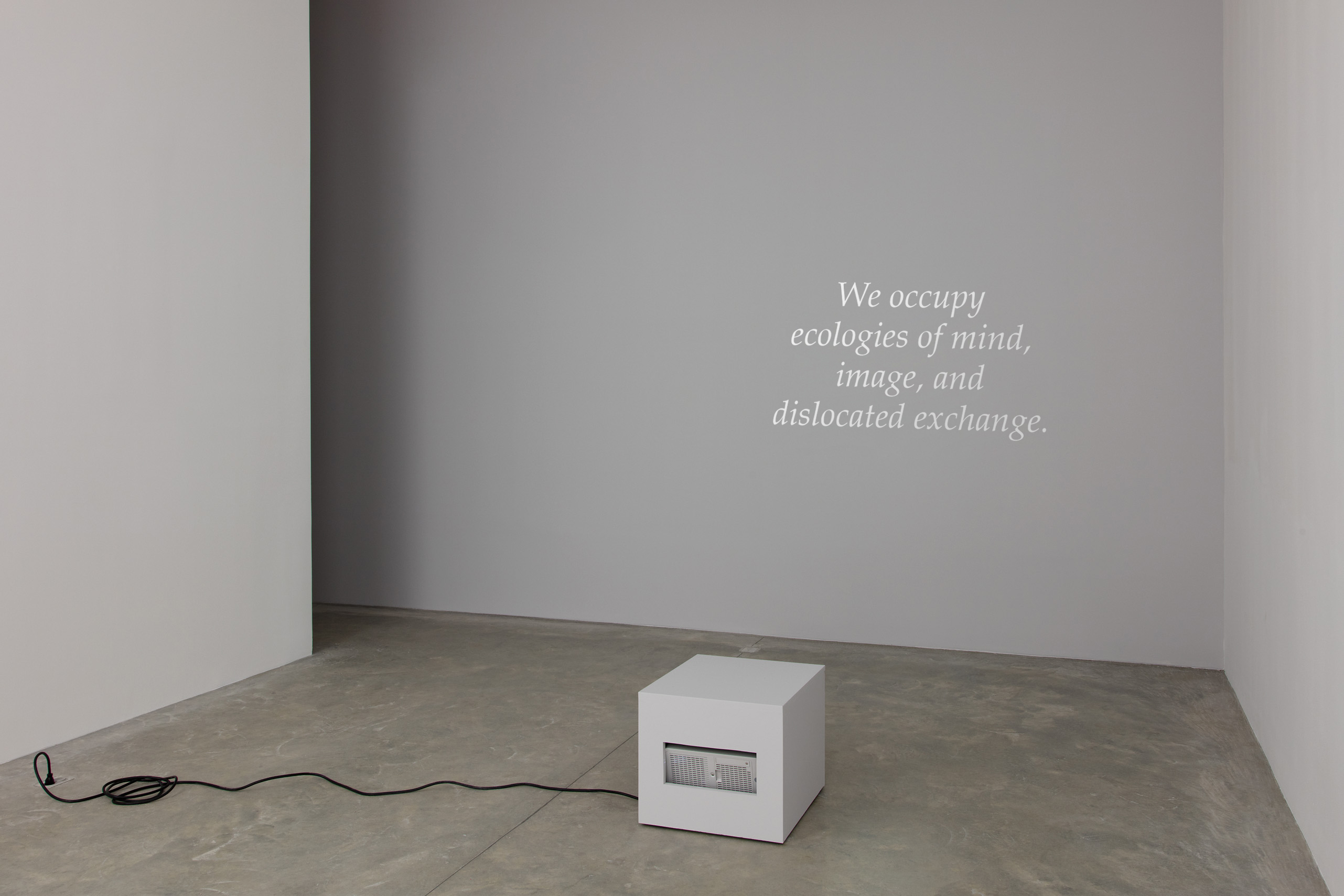
︎︎︎Project: Unsustainabilty is the unchecked consequence of anthropocentrism, the manifestations of a broken world that design so often assisted in bringing into being. Referencing the words and thinking of Tony Fry, “In our dwelling in the world, we occupy ecologies of mind, image, and dislocated exchange (misnamed as consumption)”. What in fact human beings do most is to squander the functional and aesthetic value of things and then discard them. In the majority of situations, there is no further metamorphosis of transformation—effectively, the process of consumption stops and the surplus of waste grows. What if things were actually consumed, completely metabolized, would unsustainability be?
Type: Projection. Installation, Storefront, Chicago, USA.

︎︎︎Project: Contemporary Art Map, 2022—23 for the Esker Foundation is a digital art guide celebrating critical contemporary art from artist-run centres, commercial galleries, creative spaces, community initiatives and institutions that are part of the cultural life of Mohkínstsis/Calgary.
https://eskerfoundation.com/2022/05/25/mohkinstsis-calgary-contemporary-art-map-2022-2023/
Type: Guidebook.
 ︎︎︎Project: Our bodies are now in the network and in the world at the same time (Mirzoeff). When we bring ourselves within the frame, we assume the role of artist-as-hero, the 'hero' portrayed by the individual imaged by the computational. #selfie #selfieculture
︎︎︎Project: Our bodies are now in the network and in the world at the same time (Mirzoeff). When we bring ourselves within the frame, we assume the role of artist-as-hero, the 'hero' portrayed by the individual imaged by the computational. #selfie #selfiecultureType: Digital image.




︎︎︎Project: The objective of the CCC Public Seminar is to offer a transversal platform to the CCC students, and to all students of HEAD as well as the general public with a specific focus on debating research practices of urgent relevance for the field of contemporary art practices.
Type: Poster, photomontage.

︎︎︎Project: Venice Architecture Biennale 2021 print and digital collateral for UIC School of Architecture.
Type: Print and digital design.

︎︎︎Project: Conversational relationships among several individuals around a single table.
Type: Diagram.
 ︎︎︎Project: The Ecstasy of Influence V9, 2021. TEOI V9 is a citation of transactional exploitation and representation, a wry snapshot of our mediated reality bound to the dominant ideology of contemporaneity. The modern rule over ‘the real’, operates through the control of the production of that reality and over its visibility and intelligibility (Vàzquez, 2017). Text by Jan van Toorn.
︎︎︎Project: The Ecstasy of Influence V9, 2021. TEOI V9 is a citation of transactional exploitation and representation, a wry snapshot of our mediated reality bound to the dominant ideology of contemporaneity. The modern rule over ‘the real’, operates through the control of the production of that reality and over its visibility and intelligibility (Vàzquez, 2017). Text by Jan van Toorn. Type: Digital image.

︎︎︎Project: Who decides who decides who knows?, 2021 (still). Thoughts on our social and political condition with digital technology and its rampant extraction of personal interest. Background image entitled Unfixed Infrastructures and Rabbit Holes, 2021 by Mario Santamaria.
Type: Motion, screen recording.

︎︎︎Project: Framedragging, 2021 (still). Image-making by means of exploiting digital information suspended between video frames to produce new visual gestures and narratives for further exploration. Images from ‘Terminal Slam’ by Squarepusher.
Type: Screen recording and capture.

︎︎︎Project: The extraction of interest from the unequal exchanges of information, 2021 (still). The vectoral class enabled the capitalist class to defeat labour, but the vectoralist class has its own problems with a subordinate class. Its problem is not to dominate the class that forms nature, or who transforms second nature, but who informs third nature—let’s call them hacker class. The extraction of interest from the unequal exchanges of information requires the constant production of new information. The production of new information is the job of the hacker class. This production takes place within a class relation, originating from the containment of the production of new information within newly elaborated versions of the private property form.
Type: Typographic animation.

︎︎︎Project: The subtle guise of ubiquitous technology.
Type: Digital photography.
 ︎︎︎Image: Gilles Deleuze, “Postscript on the Societies of Control”, October 59 (Winter 1992): 3–7, pg. 5.
︎︎︎Image: Gilles Deleuze, “Postscript on the Societies of Control”, October 59 (Winter 1992): 3–7, pg. 5.

︎︎︎Project: A series of windows multiplies itself into a series of windows, 2018.
Type: Printed poster.
 ︎︎︎Project: John Berger, Ways of Seeing, 1972.
︎︎︎Project: John Berger, Ways of Seeing, 1972.Type: Printed collage.

︎︎︎Project: Your So Freaking Adorable, 2020 (still). Your So Freaking Adorable, is work generated from the centre point of Horkheimer and Adorno's Dialectic of Enlightenment—enlightenment as the deception of the masses. It is here where they provided the term "culture industry" to refer to the commercial marketing of culture, the branch of industry that deals specifically with the production of culture that is in contrast to "authentic culture". They contend that industrially produced culture robs people of their imagination and takes over their thinking for them. Through mass production, everything becomes homogenized and whatever diversity remains is constituted of small trivialities.
Type: Video projection.

︎︎︎A simultaneous narrative for how the tactics and procedures for creating datasets have changed from staged facial expressions to images harvested from social media platforms and the internet to gait recognition software identifying people by the signature of their walking posture.

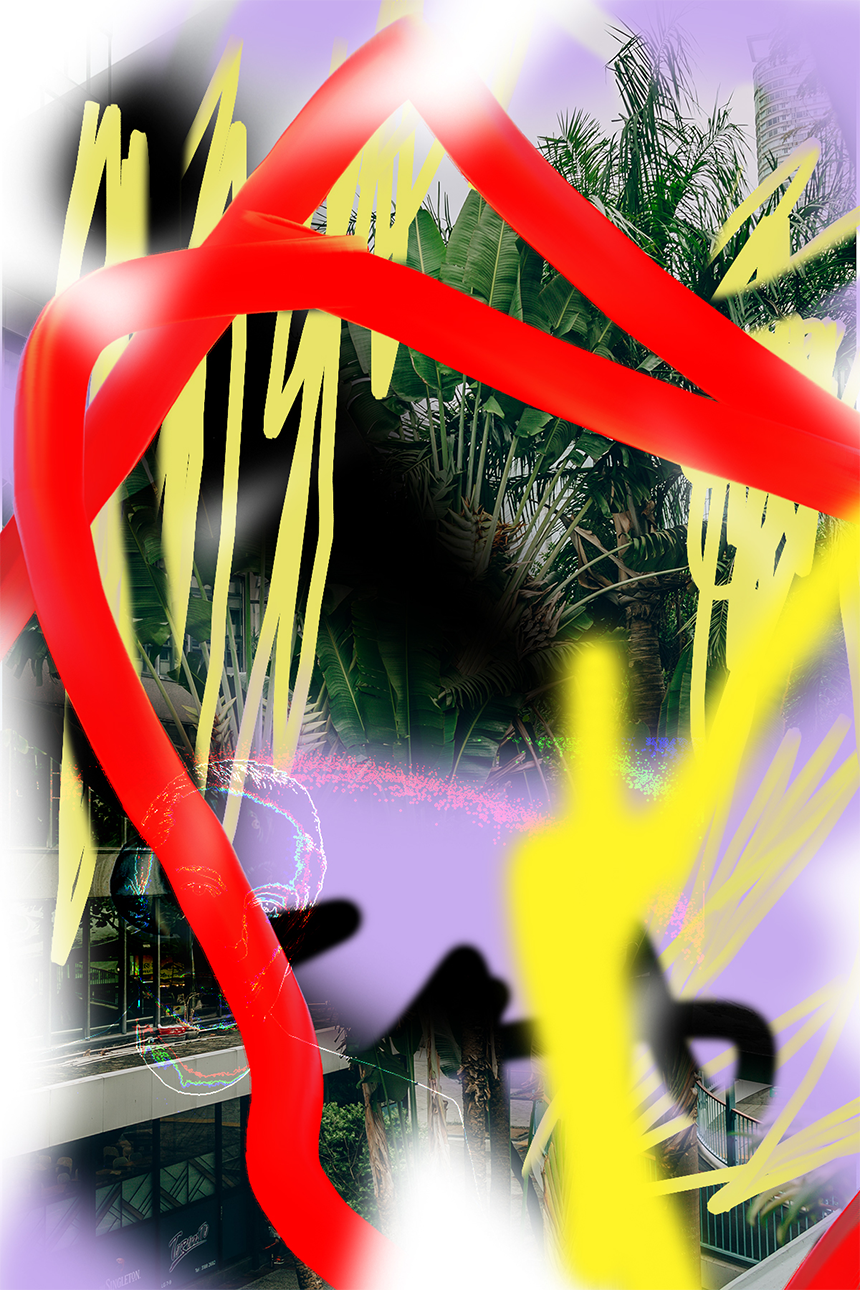


︎︎︎Project: Actions on the World by Things, 2021. Actions on the World by Things is a series of digital paintings responding to the writings of McKenzie Wark’s 2019’s Capital is Dead: “reduced to nothing but users, and our actions forced into the commodity form, our collective work and play produces a world over and against us...collective human labour made a world for a ruling class that keeps making not only itself but us in its image”. Can we see technology as a social and psychic apparatus—that the two are dependent on one another?
Type: Digital image-making.
 ︎︎︎Project: Privacy Policies Are Legal Documents Designed to Shield Companies from Lawsuits, 2020. Billboard, Victoria, Canada.
︎︎︎Project: Privacy Policies Are Legal Documents Designed to Shield Companies from Lawsuits, 2020. Billboard, Victoria, Canada. Type: Billboard.
 ︎︎︎Project: Closed Captioning, 2020. Image from Aram Bartholl’s, Common Ground, Installationsansicht Werkleitz Festival 2019 Modell und Ruine, 2019.
︎︎︎Project: Closed Captioning, 2020. Image from Aram Bartholl’s, Common Ground, Installationsansicht Werkleitz Festival 2019 Modell und Ruine, 2019.Type: Digital type on image.
 ︎︎︎Project: Burning Cactus, 2020. Gradient study.
︎︎︎Project: Burning Cactus, 2020. Gradient study.Type: Inkjet print.










︎︎︎Project: (STLW), 2020 is a book that visually critiques our entanglement with digital media and online platforms, our reliance upon network infrastructure(s), and highlights how our online participation feeds an economic system centred around the commodification of personal data with the core purpose of profit-making. (STLW) features an accompanying text This Is Not a Copy: Writing at the Iterative Turn written by Kaja Marczewska is used to establish an overarching methodology used in my research, collection and design of the book.
Type: Printed book.

︎︎︎Project: Noll, Michael A. “The Digital Computer as a Creative Medium.” IEEE Spectrum, vol. 4, no. 10 (October 1967): 89–95.
Type: Digital image-making.

︎︎︎Project: Smile it’s free and will always be, 2020.
Type: Printed tote.

︎︎︎Project: MDes graduate thesis presentation: Exploring personal agency in an age of technological attachment. Screen images were presented along with a choreographed OS system voice narration, which constituted my final graduate thesis presentation.
Type: Research, Screen recording.
 ︎︎︎Project: Privacy Policies Are Legal Documents Designed to Shield Companies from Lawsuits, 2020. Billboard, Chicago, USA.
︎︎︎Project: Privacy Policies Are Legal Documents Designed to Shield Companies from Lawsuits, 2020. Billboard, Chicago, USA.Type: Billboard.





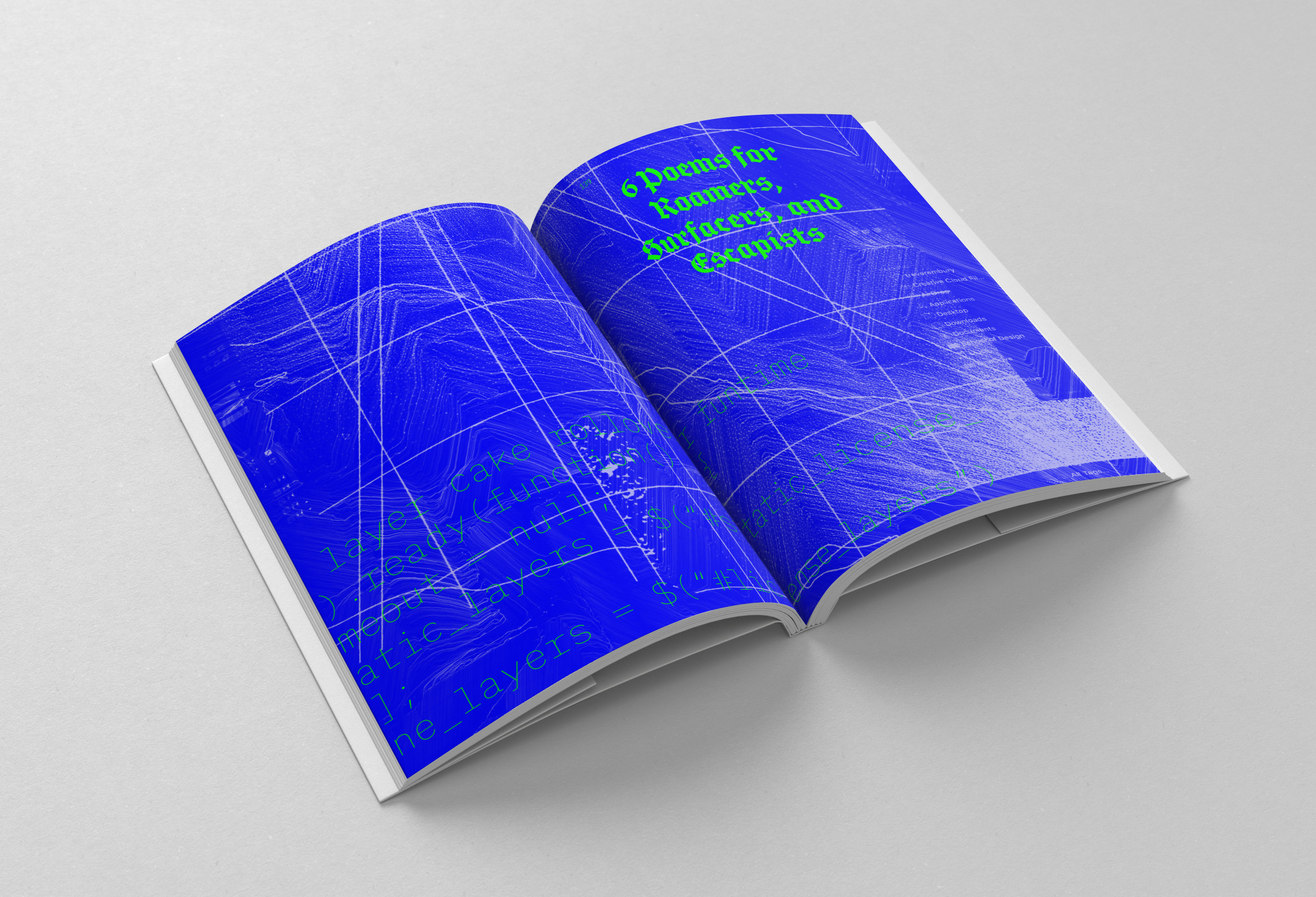



︎︎︎Project: Too Long; Didn’t Read (at all), 2020. MDes graduate thesis for the University of Illinois Chicago, School of Design, in collaboration with the Basel School of Design.
Type: Printed book.


︎︎︎Project: Constantly longing… Wi-Fi Turned-On, 2019. Constantly longing… Wi-Fi Turned-On is a collection of Wi-Fi networks pulled from the deep recesses of an iPhone over the last 10 years.
Type: Black kiss-cut vinyl on wall.
 ︎︎︎Project: Handpicked Artists/Recent Recommendations, 2019. When Steve Jobs introduced iTunes in 2001, he knew it was not just a piece of music-management software that turned the computer into a digital hub. Eight months later, the advent of the iPod incarnated a whole new social routine of playing and listening to recorded music. The iTunes Store opened its virtual doors in 2003, followed by its successor, Apple Music, in 2015. Handpicked Artists/Recent Recommendations serves as a musical map created by the For You algorithm, a collection of artists—from Goldie (2001) to Oneohtrix Point Never (2019).
︎︎︎Project: Handpicked Artists/Recent Recommendations, 2019. When Steve Jobs introduced iTunes in 2001, he knew it was not just a piece of music-management software that turned the computer into a digital hub. Eight months later, the advent of the iPod incarnated a whole new social routine of playing and listening to recorded music. The iTunes Store opened its virtual doors in 2003, followed by its successor, Apple Music, in 2015. Handpicked Artists/Recent Recommendations serves as a musical map created by the For You algorithm, a collection of artists—from Goldie (2001) to Oneohtrix Point Never (2019).Type: Printed poster.

︎︎︎Project: Virtual Resident, New Spaces Seen, 2019 (still). Virtual Resident, New Spaces Seen tells a different story about the city of Tokyo. A story of a cyberflanuer—moving a cursor around a screen—wandering the streets and paths within the virtual landscape of Google Street View. Virtual Resident, New Spaces Seen, 2019 are two 5 min, 25 sec projected videos that capture not only the physical and social aspects of the city but the interface that bridges two worlds; the real world of things and people and the mediated, virtual world of data owned by Google. In addition, the work reveals the unusual logic of the software, which renders the automated data flow from countless different sources into a seamless panoptic image of a place. Accompanying these videos is a modified section of music originally composed by Brian Eno entitled New Spaces, which attempts to immerse the viewer into the visual storytelling of the videos while simultaneously creating a space for reflection. The work aims to create a space to discuss new methods for urban storytelling and to present alternative forms of documentation.
Type: Video. Installation, UIC, Chicago, USA.


︎︎︎Project: Streetview Portraits, 2019. Streetview Portraits takes the information amassed by Google as material to be used, despite its copyrighted status and private source. The collections of data that Google and similar corporations have become the material of everyday life, yet their source is the personal information of private individuals. By screen-grabbing my movements and reusing this material, I explore the boundaries of ownership and exposure of this publicly displayed, privately-held information about our personal lives.
Type: Printed photographs. Installation, UIC, Chicago, USA.

︎︎︎Project: Watchful Eye, 2019 (still). Watchful Eye is a projected video that highlights and critiques the careful observation made from an estimated number of CCTV cameras connected to the Chicago Transit Authority (CTA) subway train system.
Type: Video projection. Installation, UIC, Chicago, USA.
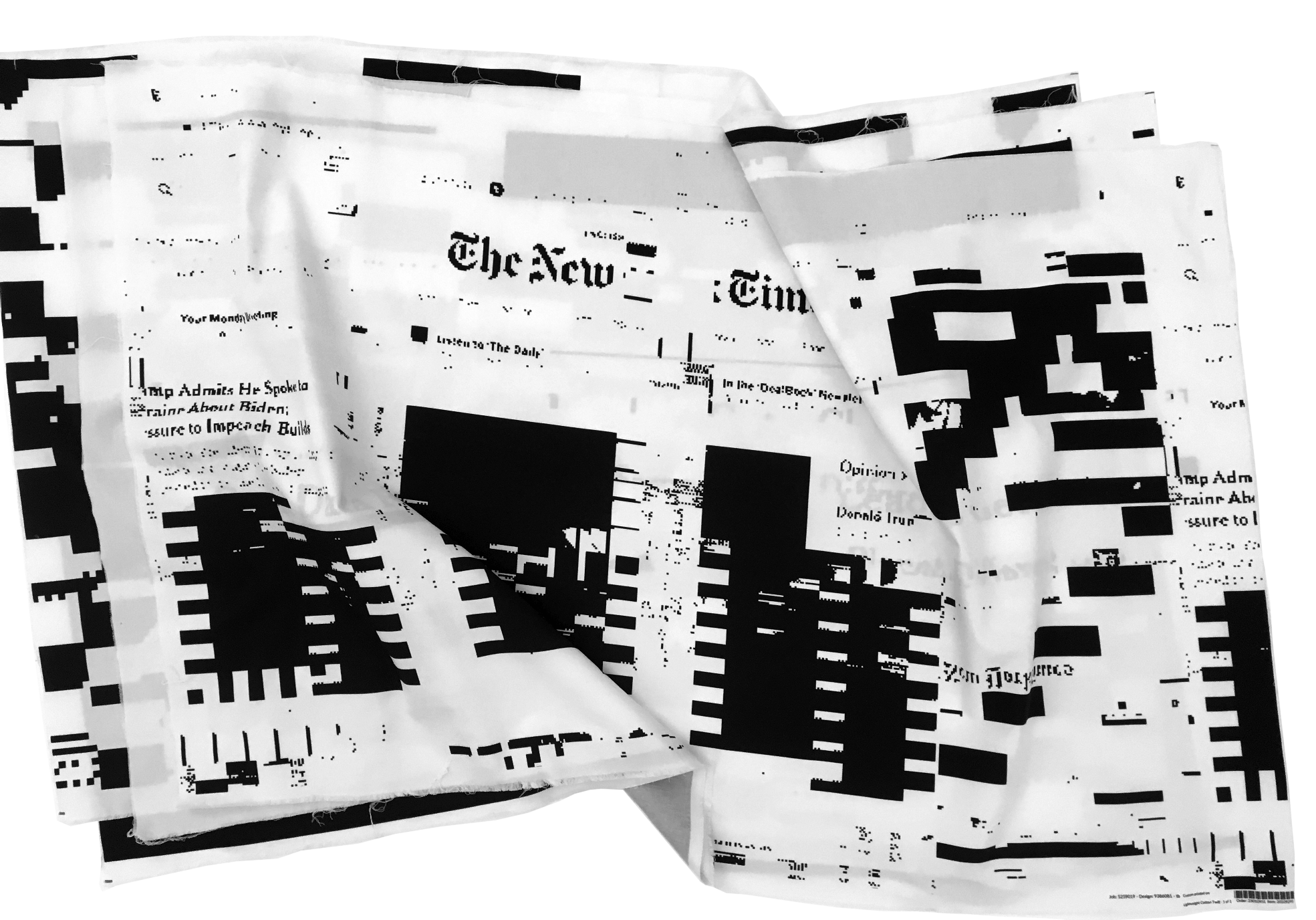

Type: Printed fabric.






︎︎︎Project: Documentation as Screen Shot, 2019. Documentation as Screen Shot is considering the conversion of documents that move between print and digital environments and analyzes how digital interfaces act as bridges between sensory worlds and the computational world of functions and states.
Type: Printed digital and risograph book.

︎︎︎Project: As Far As The Eye Can See, 2019.
Type: Printer poster.

 ︎︎︎
Visual analysis with eye tracking.
︎︎︎
Visual analysis with eye tracking.



︎︎︎Project: What does the act of looking look like? These images are created by analyzing eye movements using Tobi eye tracking technology which reveals concentration points over a set time interval.
Type: Digital image-making.

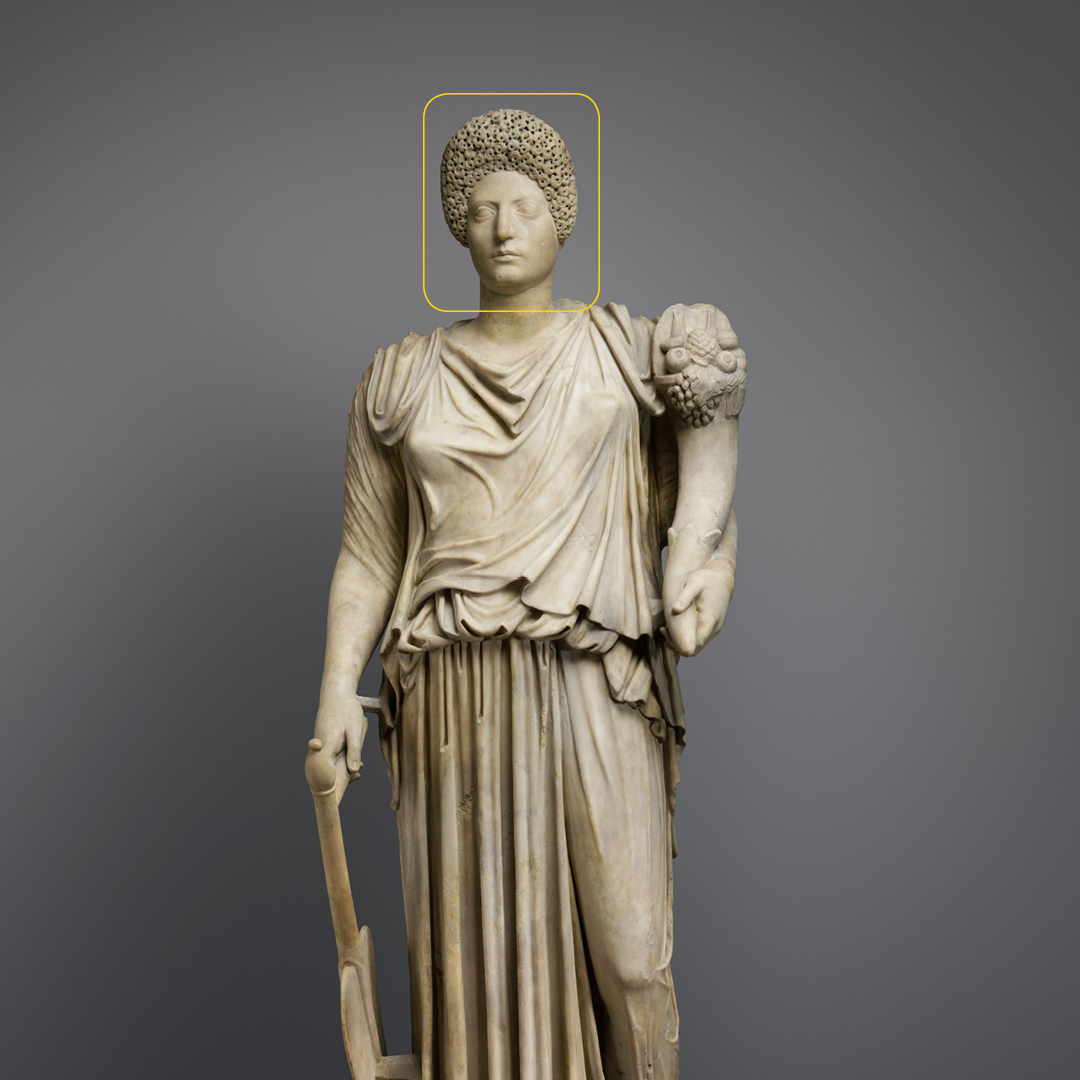



︎︎︎Project: The ‘face’ is incidental—it’s only a collection of numerical data. Facial detection is a category of computer technology that identifies faces and facial features in digital images using object-class detection. In object-class detection, the task is to find the locations and sizes of all objects in an image that belong to a given class. The technology mathematically maps facial features and stores the data as a faceprint. This work explores facial detection software on digital content generated by search engines and online archives.
Type: Digital image-making.
 ︎︎︎Project: Exploring thresholds—type manipulation using native Adobe Photoshop image processing algorithms.
︎︎︎Project: Exploring thresholds—type manipulation using native Adobe Photoshop image processing algorithms.Type: Printed tote.







︎︎︎Project: Technology, according to Heidegger must be understood as “a way of revealing” (Heidegger 1977, 12). Revealing is one of the terms Heidegger developed in order to make it possible to think what, according to him, is not thought anymore. It is his translation of the Greek word alètheuein, which means ‘to discover’—to uncover what was covered over—to reveal. Images are screen captures from the Wall Street Journal.
 ︎︎︎Project: In a Station of the Metro, 2019. What happens when new/different language is introduced into an environment heavily controlled by corporate messaging and advertisements? This work attempts to explore the relationship between language, environment, and mediation. This project was installed in Chicago, USA at Jackson Station owned by the Chicago Transit Authority (CTA).
︎︎︎Project: In a Station of the Metro, 2019. What happens when new/different language is introduced into an environment heavily controlled by corporate messaging and advertisements? This work attempts to explore the relationship between language, environment, and mediation. This project was installed in Chicago, USA at Jackson Station owned by the Chicago Transit Authority (CTA).Type: Printed posters.
















︎︎︎Project: Traces of Labour, 2020. Capturing anomalies and the traces of human labor—specifically, the hands of the laborers—through screenshots taken during the process of digitizing printed publications for Google Books.
 ︎︎︎Project: No Texting, No Speeding, No Ketchup, 2019. Chicago. Image by Kevin Pang
︎︎︎Project: No Texting, No Speeding, No Ketchup, 2019. Chicago. Image by Kevin PangType: LED signage.








︎︎︎Project: In The Cyborg Manifesto, Donna Haraway writes about "the unified human subject of identity which has shifted to the hybridized posthuman of technoscience from, "representation" to "simulation" and "reproduction" to "replication.” The transformative effects of early technology and its impact on future technologies, including possible fusions between animal and machine. This speculation on a so-called technological mutation or infection pushes beyond the limitations of traditional typographic form, one step at a time. What happens when a typeface wants to perform in various ways using flexibilities not intended by its original construction? This look at a hybridized replication of Avenir hints at its potential expandability by visualizing its structural makeup.
Type: Digital typography study.


︎︎︎Project: Inciting Heterotopia, 2019, explored the fluid and multilayered nature of reality in the digital age. The project examined the dynamic interplay between the tangible and intangible, emphasizing how digital environments shape and mediate perception. Drawing on the concept of heterotopia, the work interrogated the shifting boundaries between illusion and reality, particularly in the contexts of platforms such as Google and Facebook. By framing these digital spaces as heterotopic sites—simultaneously real and virtual, ordered and destabilized—the project critically analyzed their role in constructing and influencing contemporary experience.
Type: Printed fabric.
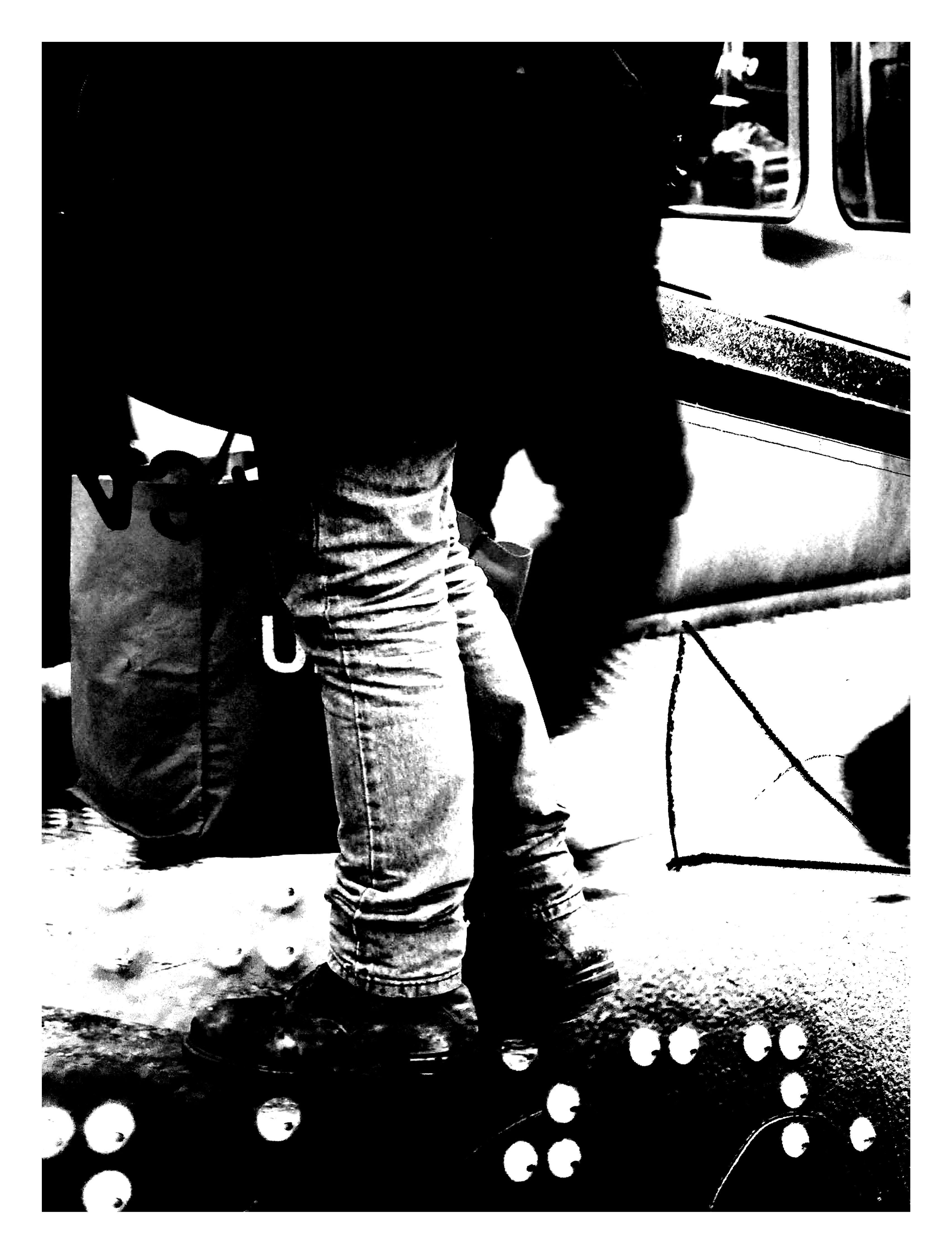


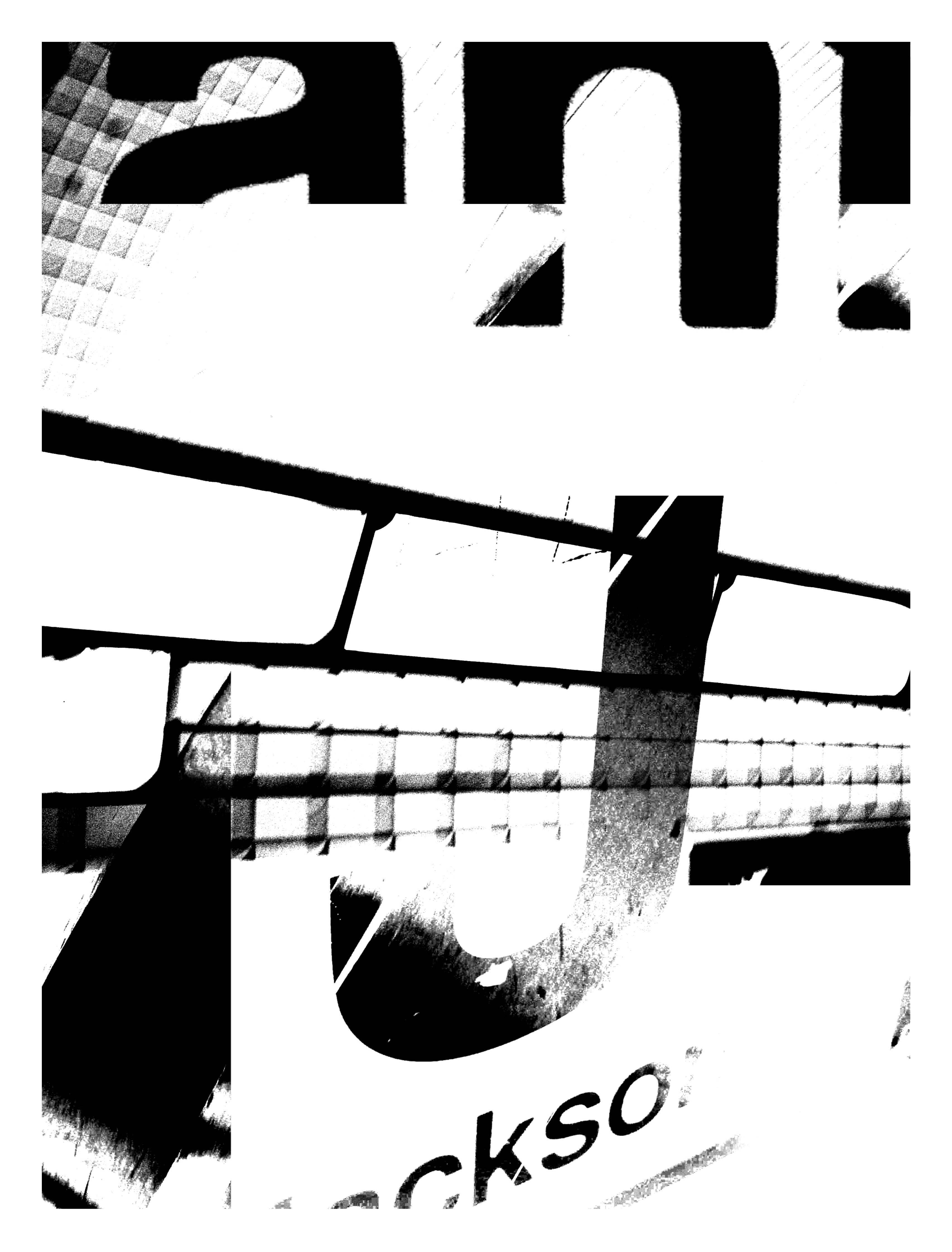


︎︎︎Project: In a Station of the Metro, 2019. Extracting language as a method of documenting place? This work attempts to explore the relationship between language, environment, and mediation. This project took place in Chicago at Jackson Station.
Type: Digital photography, printed newsprint.

︎︎︎Project: DesignTO rebrand, 2017. Designed at aftermodern.lab inc.
Type: Visual identity, printed fabric.

︎︎︎Wall installation of Arnuf Rainer, Peter Kubelka, 1960

︎︎︎Typeset passage from The Life and Opinions of Tristram Shandy, Gentleman by Laurence Sterne.







︎︎︎Project: TIFF digiPlaySpace, 2017.
Type: Exhibition design.

︎︎︎Project: Two Rivers Gallery rebrand, 2014. Designed at aftermodern.lab inc.
Type: Visual identity, outdoor signage.
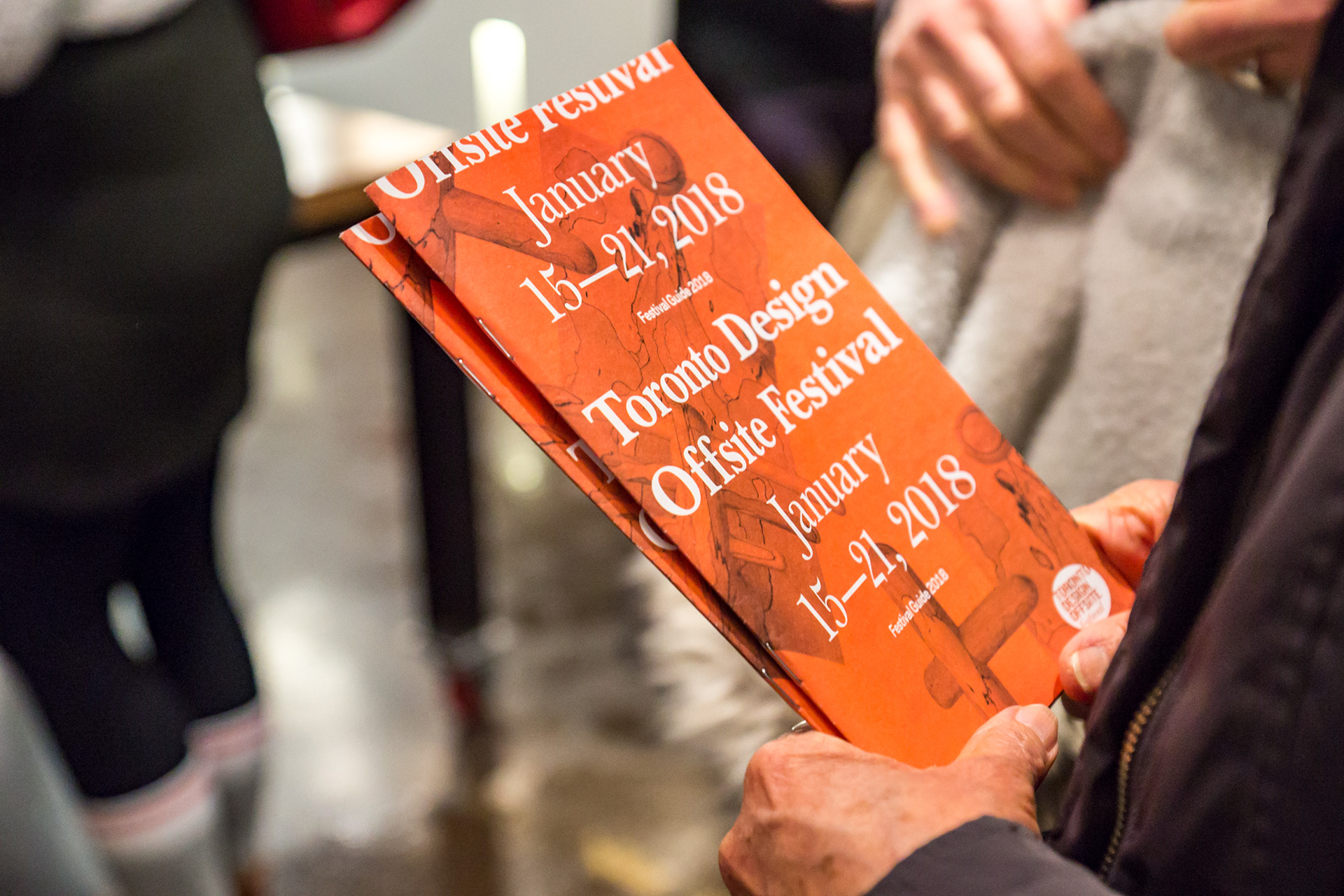
︎︎︎Project: Toronto Design Offsite Festival, 2018. Designed at aftermodern.lab inc.
Type: Festival collateral


︎︎︎Project: Toronto Design Offsite Festival, 2015. Designed at aftermodern.lab inc.
Type: Festival collateral

︎︎︎Project: Toronto Design Offsite Festival, 2013. Designed at aftermodern.lab inc.
Type: Festival collateral

︎︎︎Project: AZURE Magazine, Branding the City, 2015. AZURE is an award-winning magazine with a focus on contemporary architecture and design. Its international perspective and multidisciplinary coverage—which puts architecture, interiors, products, landscapes and urbanism together in a real-world scenario—make it distinct from any other publication available on newsstands. Designed at aftermodern.lab inc.
Type: Visual identity

︎︎︎Project: Poster design workshop created at the Ontario College of Art and Design University. Designed at aftermodern.lab inc.
Type: Printed poster.

︎︎︎Project: Rethinking Art and Machine, 2015. Designed at aftermodern.lab inc.
Type: Printed publication.
 ︎︎︎Project: LCI Arts Academy Dance, 2017. LCI Arts Academy Dance is a premiere dance academy which offers a four-year comprehensive dance program for high school students at the Lethbridge Collegiate Institute in Lethbridge, Alberta.
︎︎︎Project: LCI Arts Academy Dance, 2017. LCI Arts Academy Dance is a premiere dance academy which offers a four-year comprehensive dance program for high school students at the Lethbridge Collegiate Institute in Lethbridge, Alberta.Type: Visual identity.

︎︎︎Project: PechaKucha Toronto poster, 2013
Type: Printed poster.
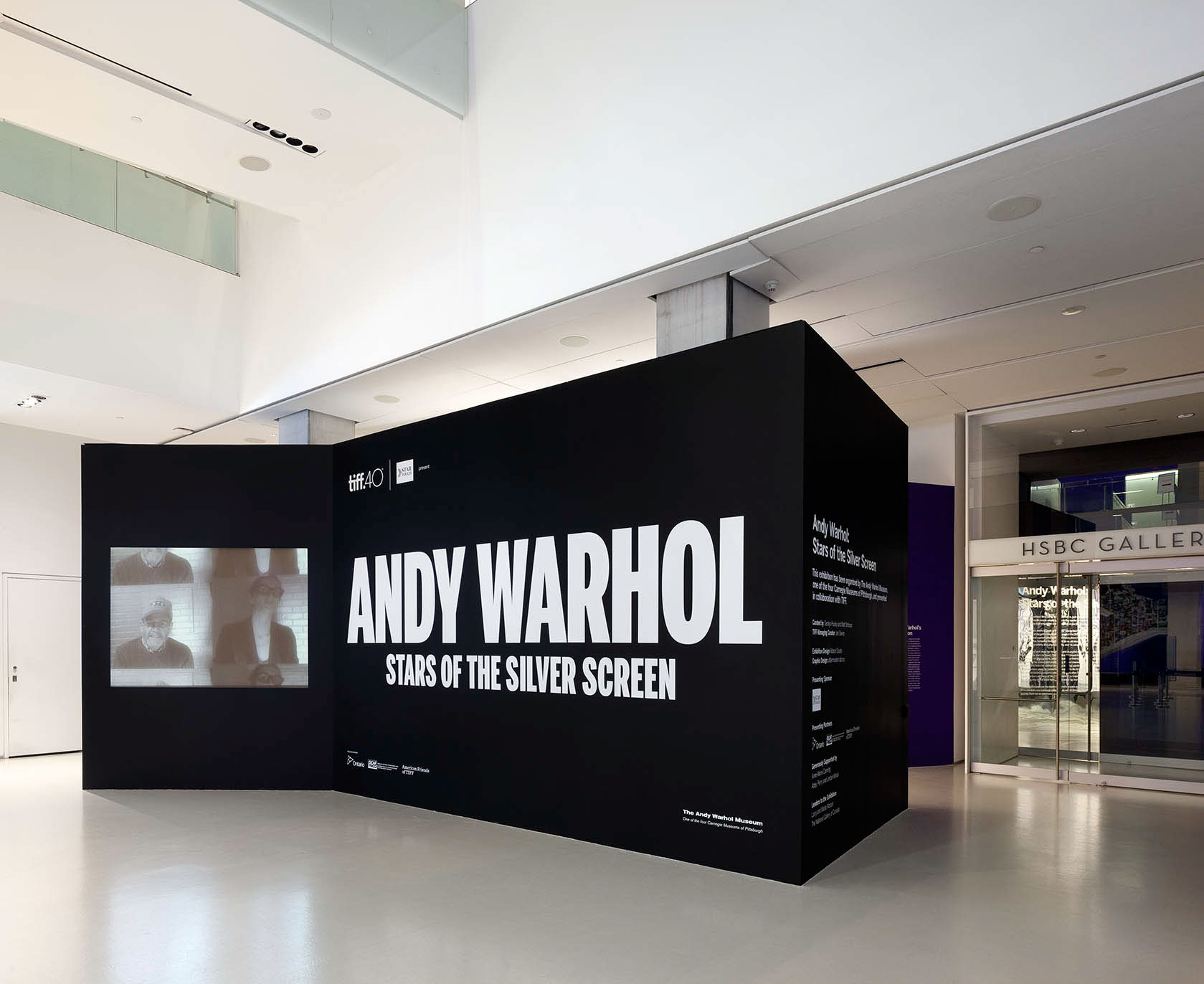
︎︎︎Project: Toronto International Film Festival, Andy Warhol: Stars of the Silver Screen, 2015. Andy Warhol: Stars of the Silver Screen surveys Warhol’s celebrity obsession and features his personal collection of Hollywood artifacts and memorabilia, as well as early artworks, film and video works, and photographs. Andy Warhol: Stars of the Silver Screen was in partnership with the Andy Warhol Museum in Pittsburgh, Pennsylvania.
Type: Exhibition design.


︎︎︎Project: Something More Than a Succession of Notes, 2013. Designed at aftermodern.lab inc.
Type: Printed publication.

︎︎︎Project: PechaKucha Toronto poster, 2009
Type: Printed poster.

︎︎︎Project: PechaKucha Toronto poster, 2014
Type: Printed poster.











︎︎︎Project: Wonder and Resonance, Fiction/Non-fiction, 2013. Wonder and Resonance: Fiction/Non-fiction is a compendium to the exhibition Fiction/Non-fiction. The thirteen artists challenge mainstream cultural and political narratives by offering transcultural critique through works that propose counterpoints, rhetorical questions, and revisionist statements to official historical records or archives. Designed at aftermodern.lab inc.
Type: Printed publication.

︎︎︎Project: Artist Project, 2018. Artist Project is a carefully juried contemporary art fair in Toronto and is the place to explore and discover art from emerging and established artists from Canada and abroad. The 4-day event is a meeting ground for artists, collector, curators, gallerists, designers and art lovers of all tastes and experiences. Designed at aftermodern.lab inc.
Type: Visual identity, printed collateral.

︎︎︎Project: Tiff Wavelenths 2014. Daring, visionary, and autonomous voices. Film art in the cinema and beyond.
Type: Printed matter.

